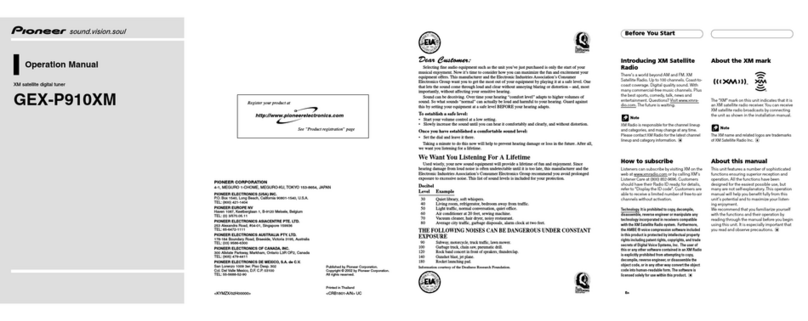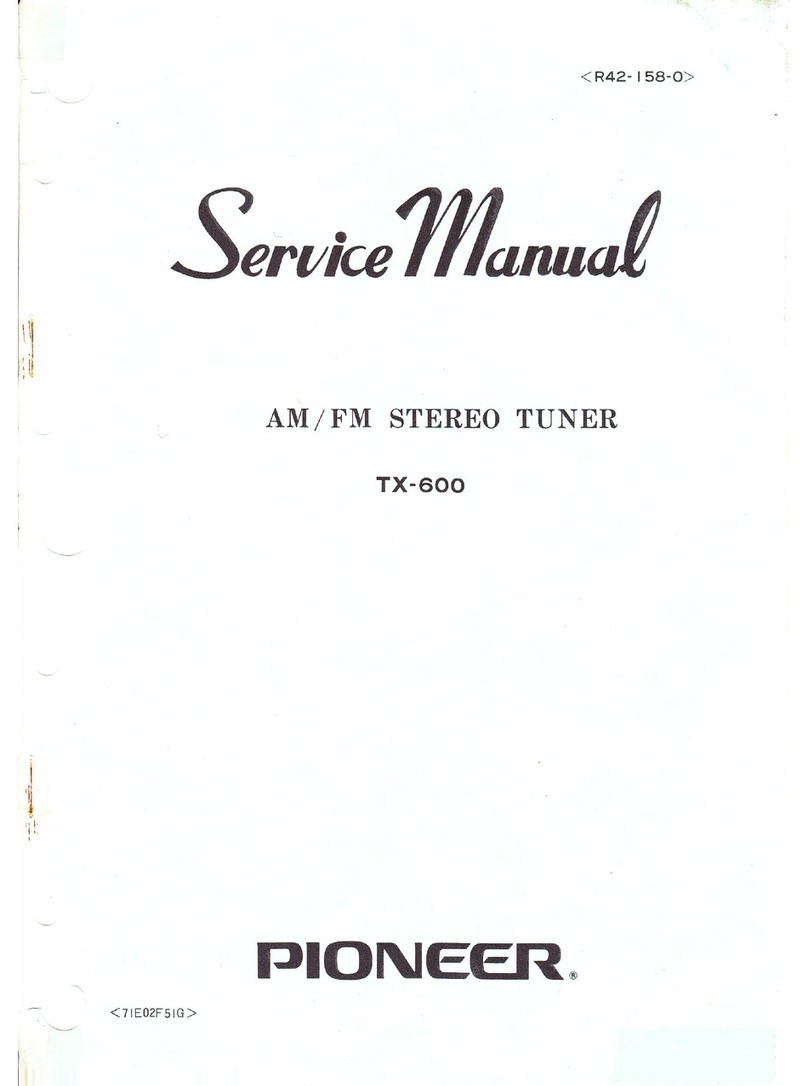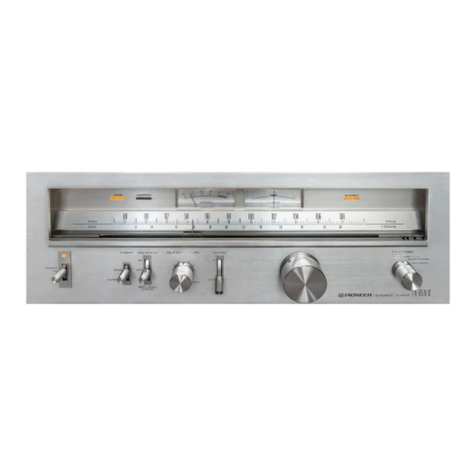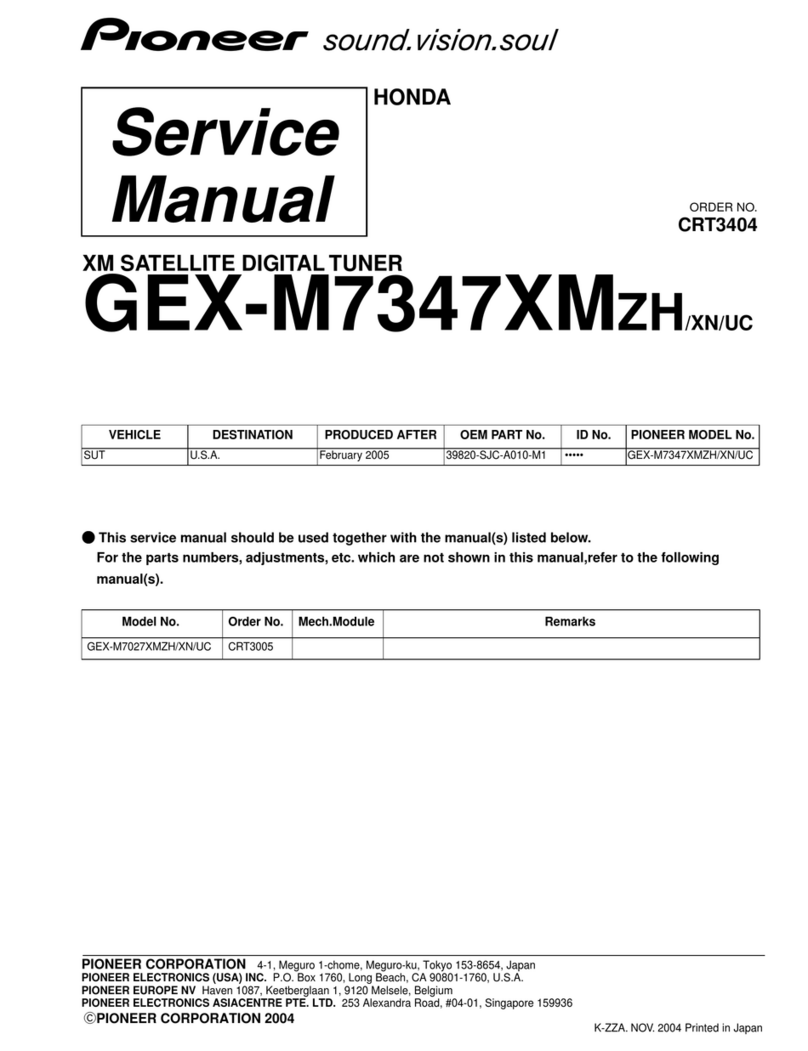Pioneer F-402 User manual
Other Pioneer Tuner manuals
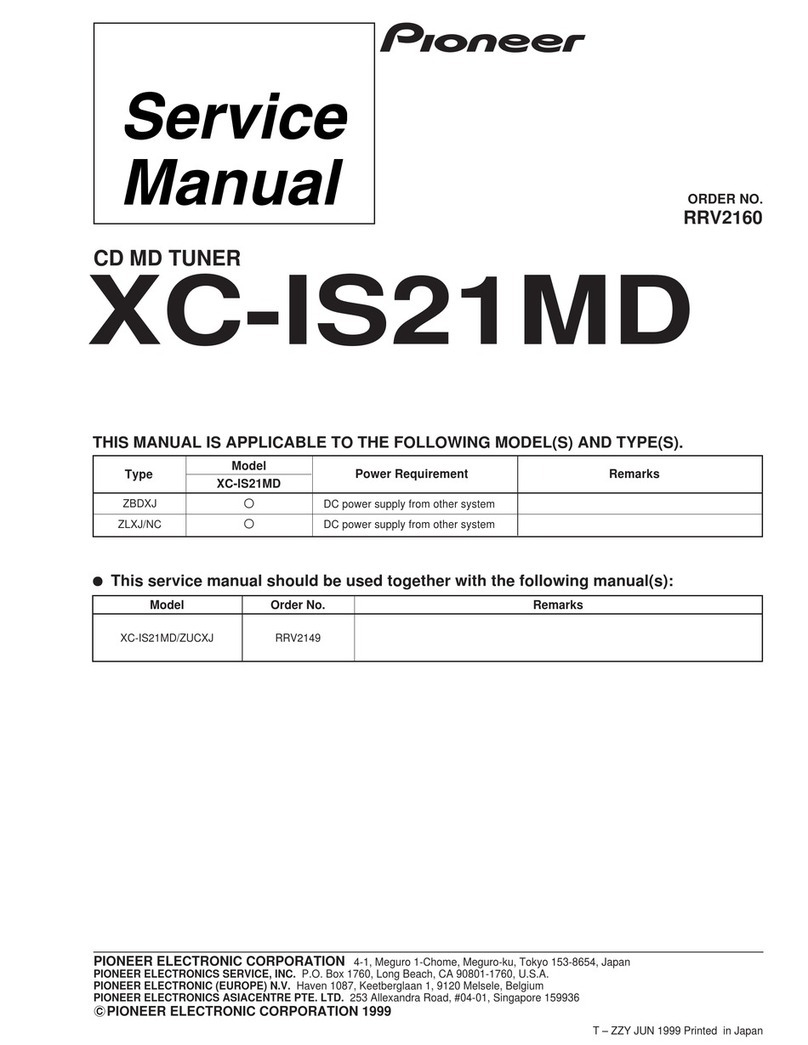
Pioneer
Pioneer XC-IS21MD User manual

Pioneer
Pioneer F-X30L User manual
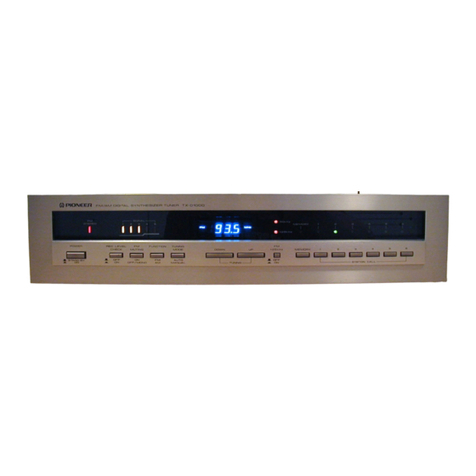
Pioneer
Pioneer TX-D1000 User manual
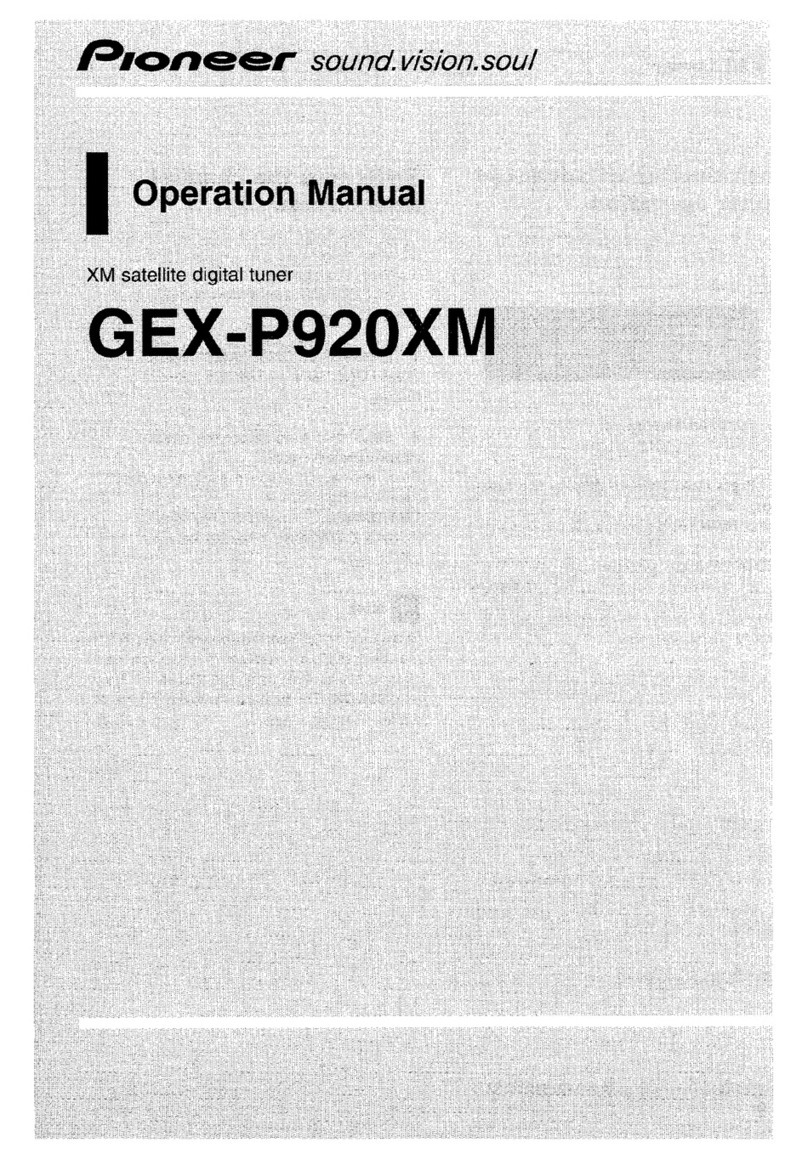
Pioneer
Pioneer GEX-P920XM - XM Radio Tuner User manual
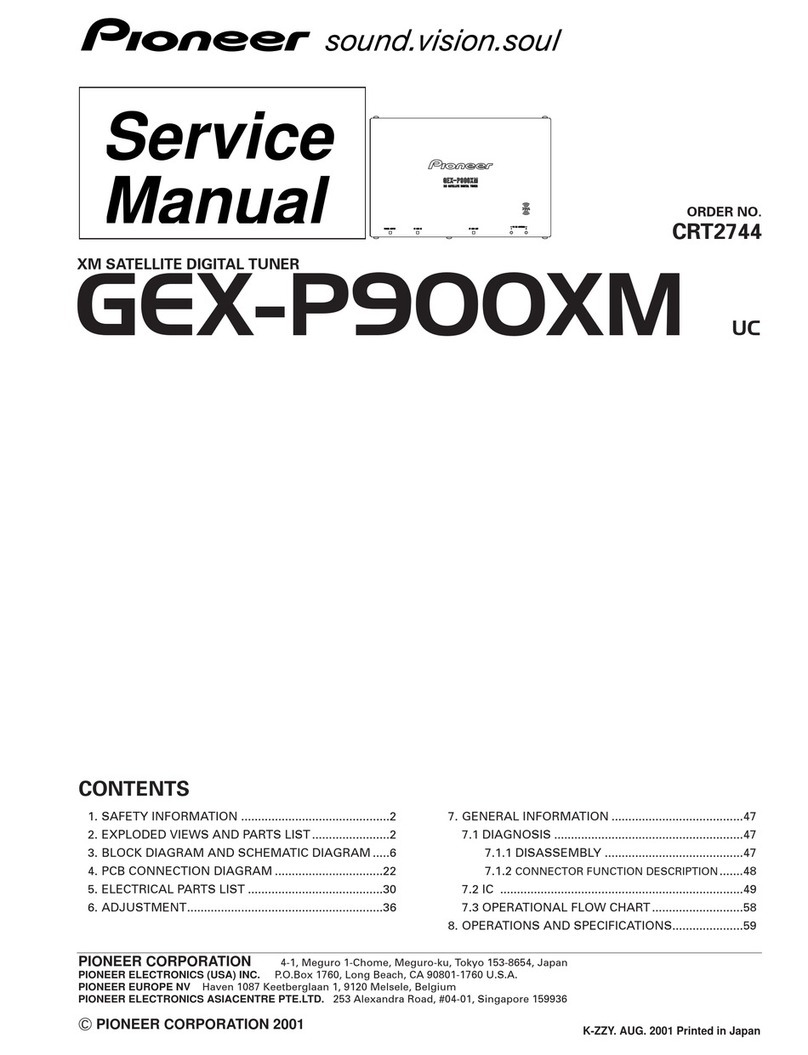
Pioneer
Pioneer GEX-P900XM User manual
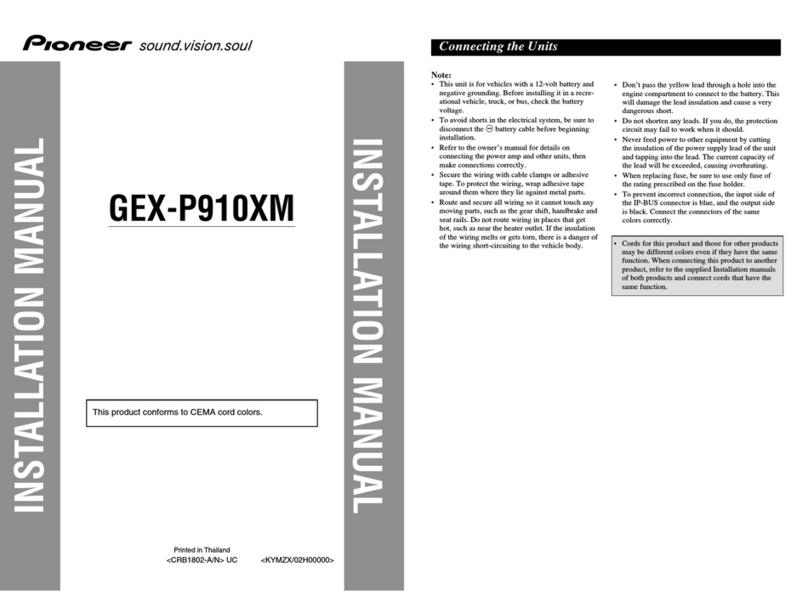
Pioneer
Pioneer GEX-P910XM User manual
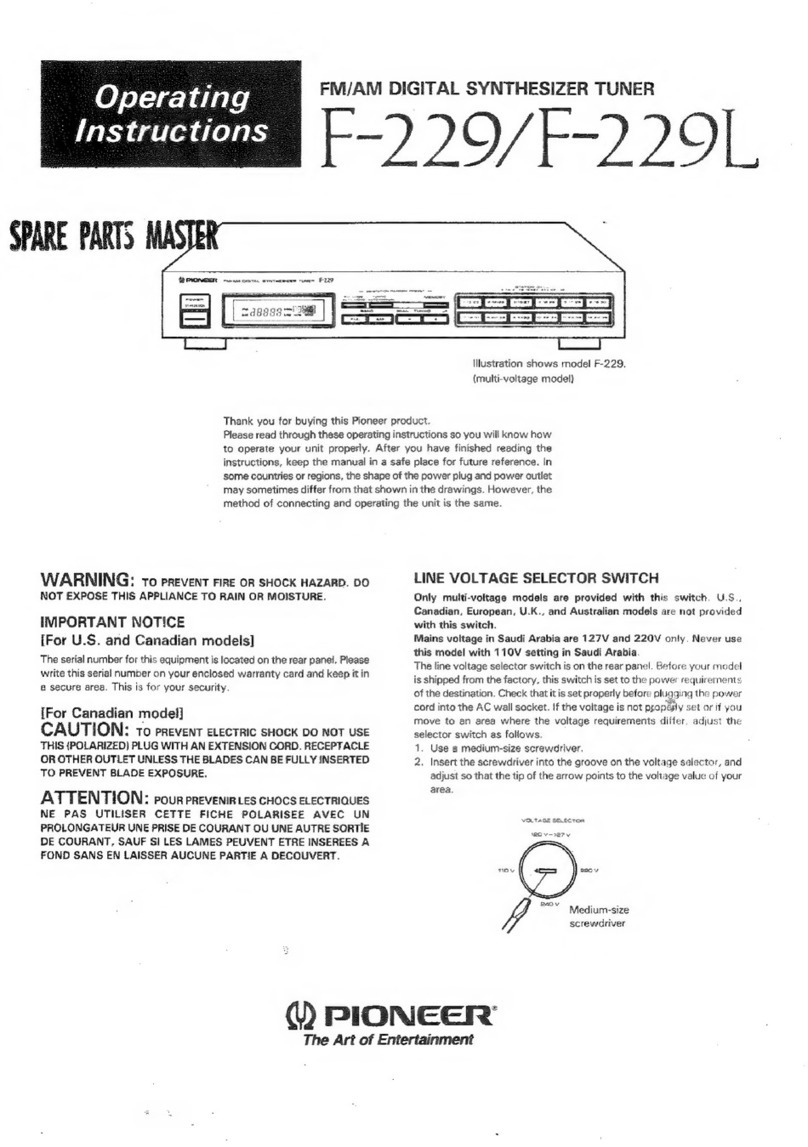
Pioneer
Pioneer F-229 User manual
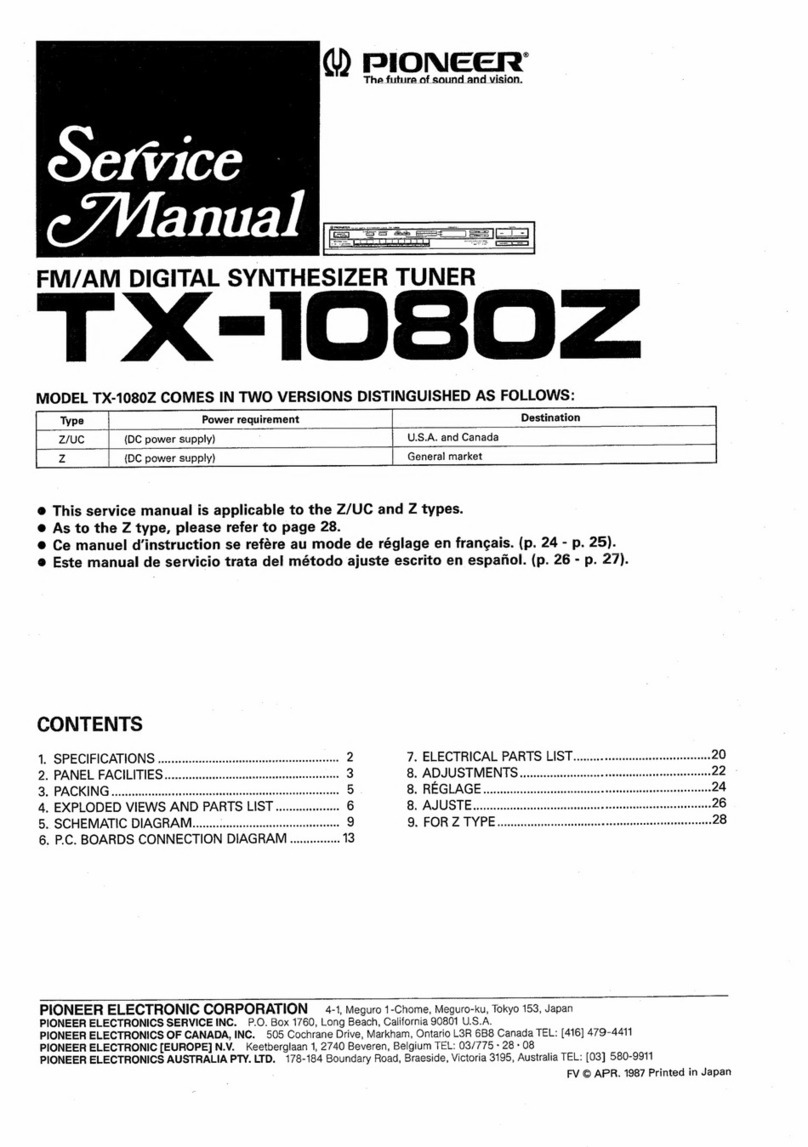
Pioneer
Pioneer TX-1080Z User manual

Pioneer
Pioneer SH-D505 User manual
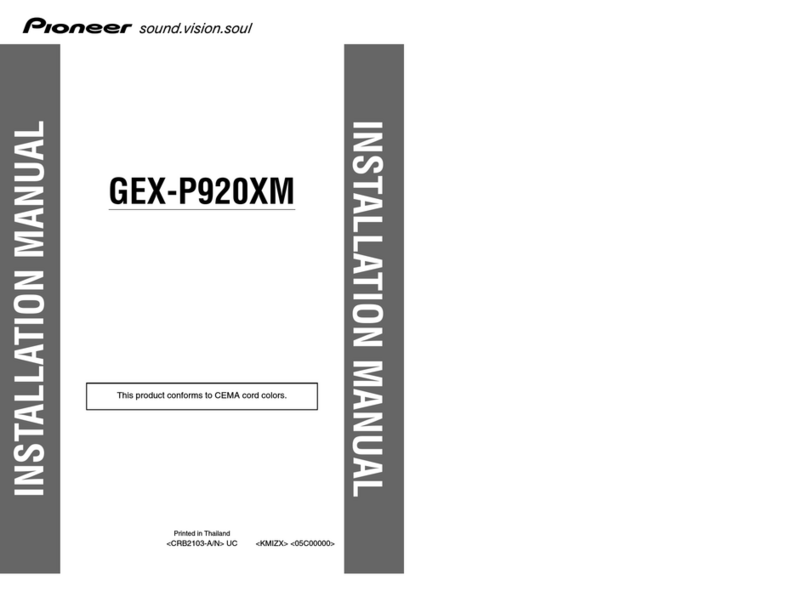
Pioneer
Pioneer GEX-P920XM - XM Radio Tuner User manual

Pioneer
Pioneer TS4 User manual
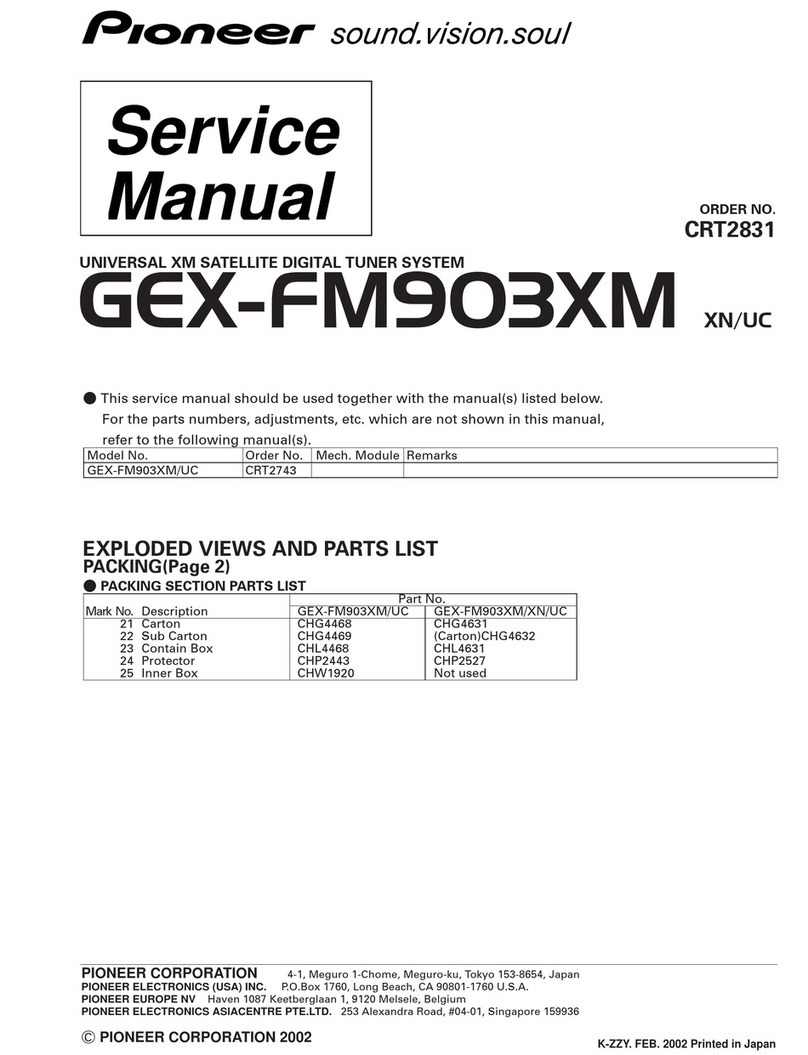
Pioneer
Pioneer GEX-FM903XM/UC User manual

Pioneer
Pioneer GEX-FM903XM User manual
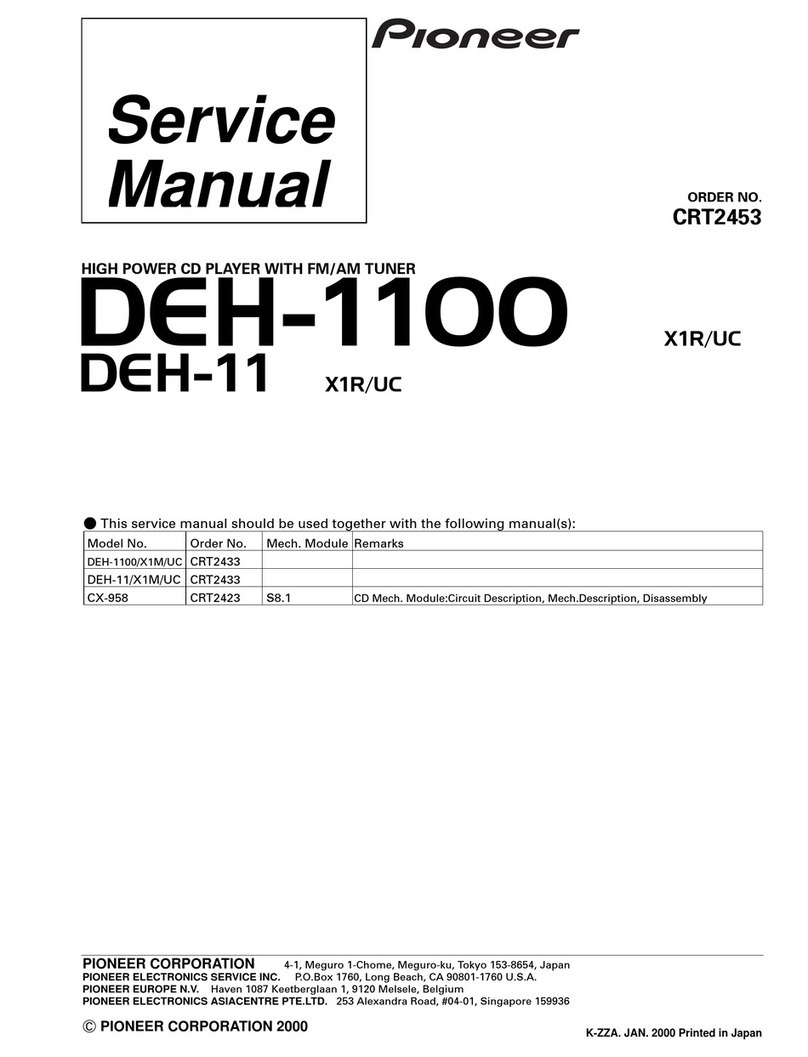
Pioneer
Pioneer DEH-1100 User manual
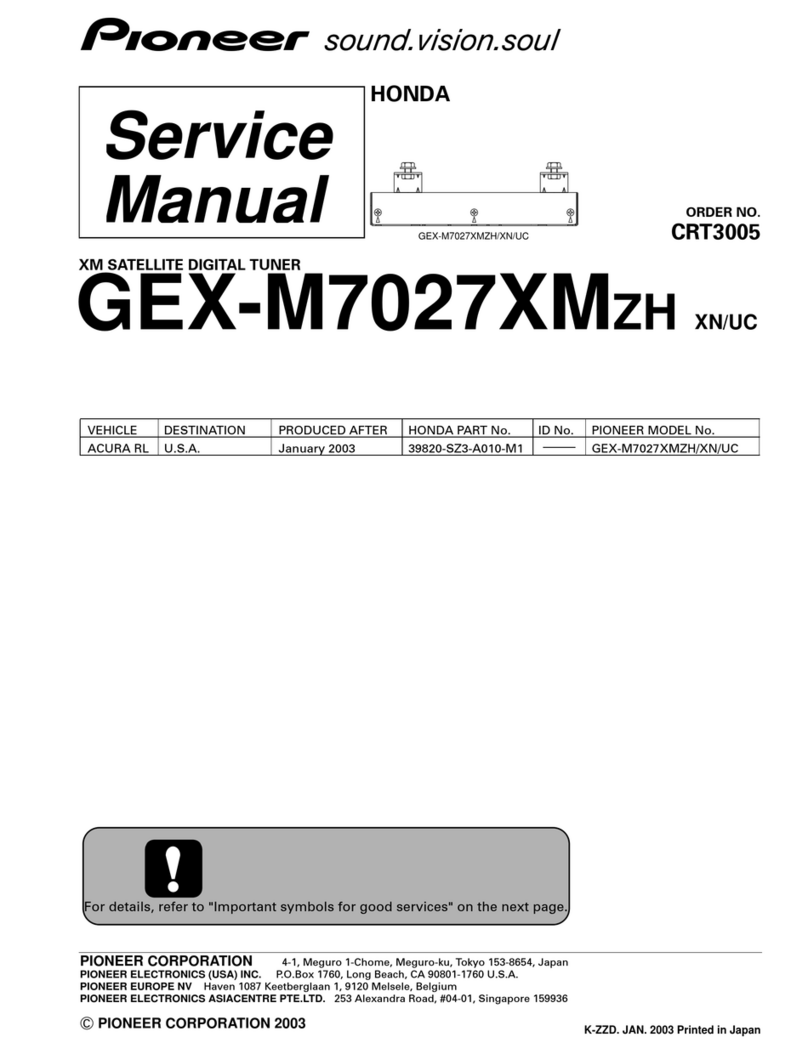
Pioneer
Pioneer GEX-M7027XMZH User manual
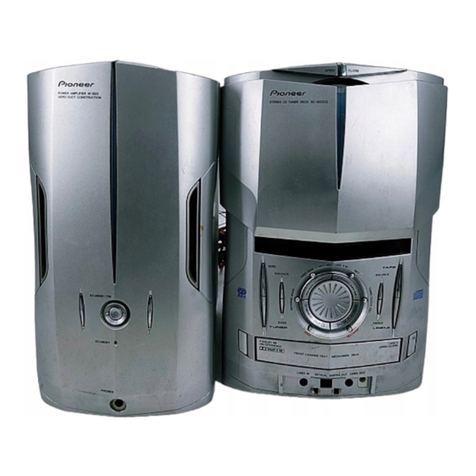
Pioneer
Pioneer XC-IS22CD User manual

Pioneer
Pioneer KE-2424 User manual
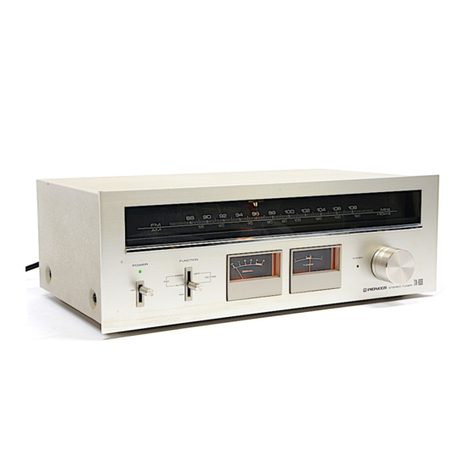
Pioneer
Pioneer TX-6700 User manual
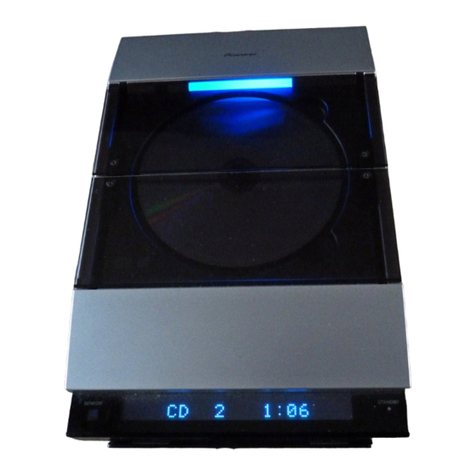
Pioneer
Pioneer XC-F10 User manual
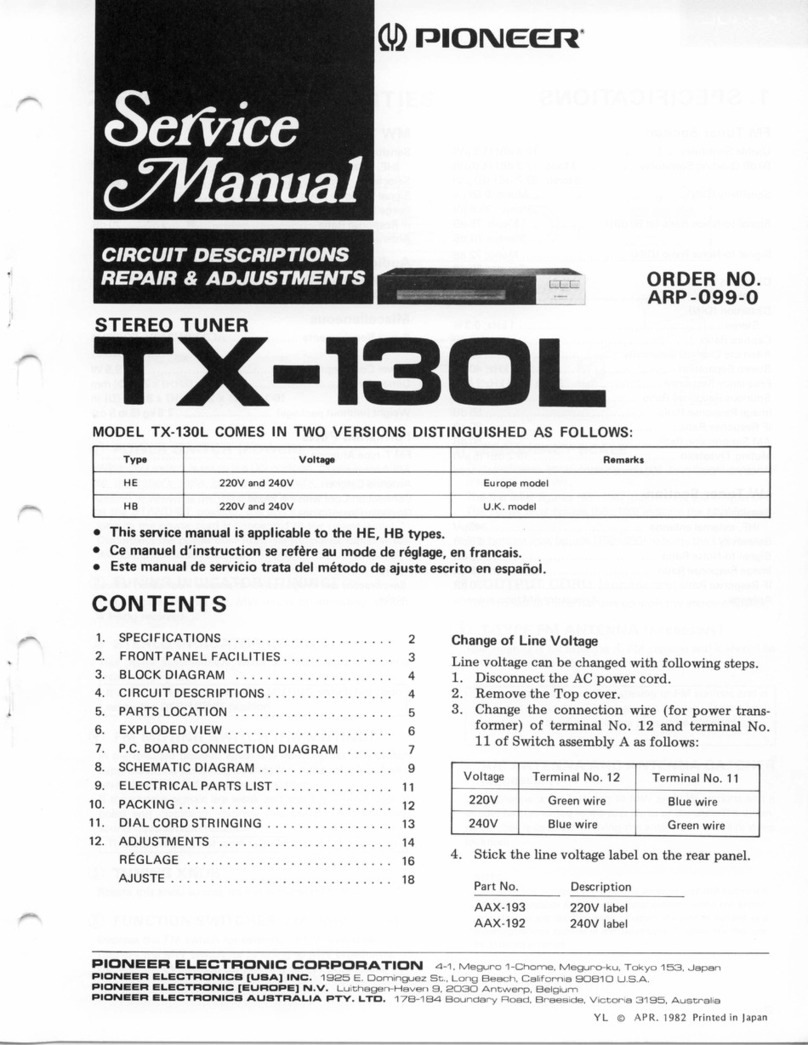
Pioneer
Pioneer TX-130L Series User manual
Popular Tuner manuals by other brands

NAD
NAD C 445 owner's manual

Sony
Sony ST-SA5ES operating instructions

Sirius Satellite Radio
Sirius Satellite Radio SC-FM1 user guide

Antique Automobile Radio
Antique Automobile Radio 283501B Installation and operating instructions

Sanyo
Sanyo FMT M15L Service manual

Monacor
Monacor PA-1200R instruction manual
